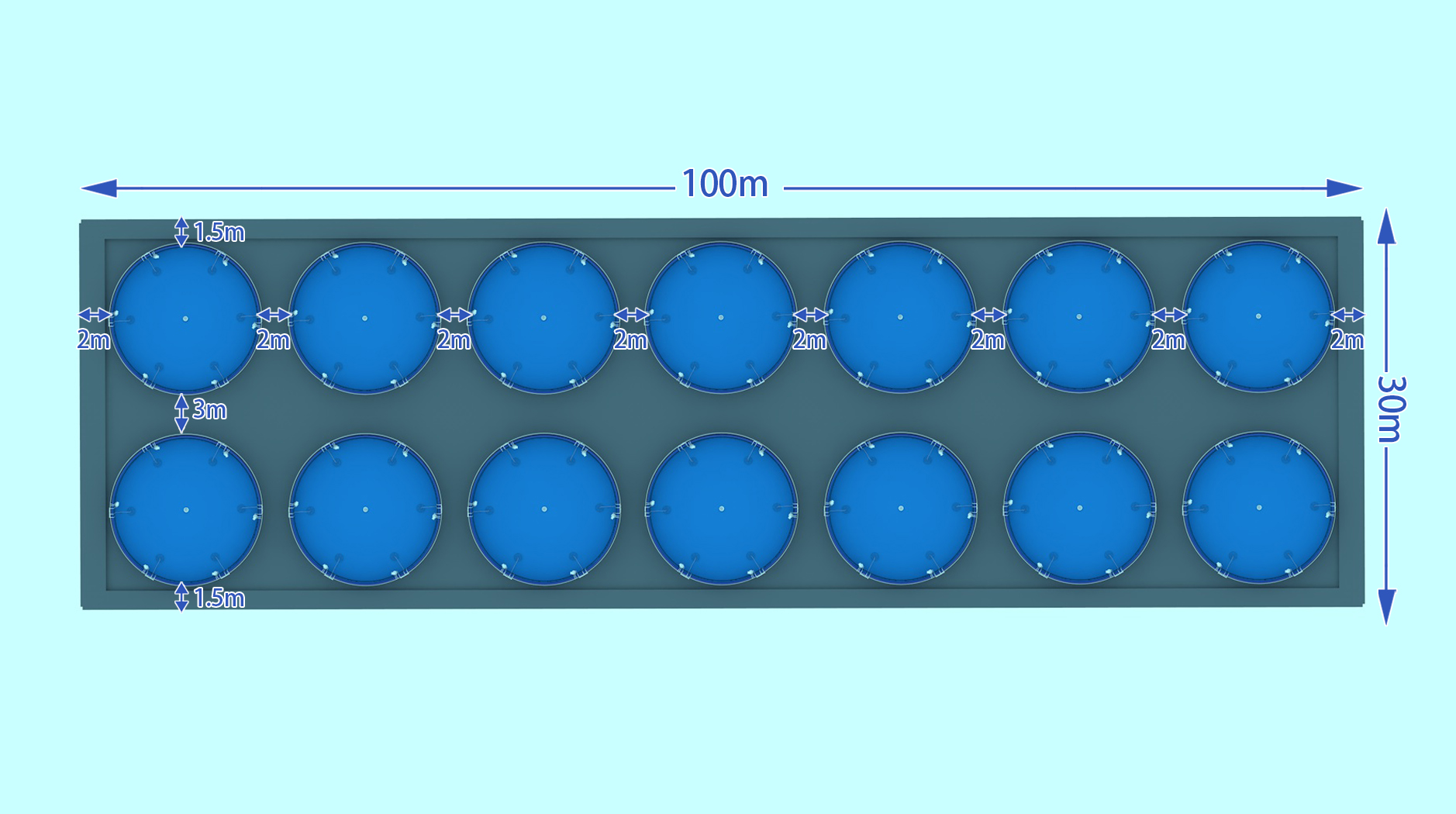How to raise high-density fish farming canvas ponds to improve farming efficiency?
Fish farming is a popular agricultural farming business, and fish farming canvas ponds can provide an efficient and low-cost farming environment. Here are some key steps and tips to improve farming efficiency:
1. Choose the right fish species: Different fish species have different farming requirements, so it is very important to choose the right fish species. Some common fish species suitable for farming include grass carp, crucian carp, bighead carp, etc. When selecting fish species, factors such as its adaptability, market demand, and difficulty in breeding techniques should be taken into consideration.
2. Good feeding management: feeding management is the key to ensure breeding benefits. The feeding management of fish farming canvas ponds includes feed supply, water quality management, and disease prevention and control. Reasonable feed supply and water quality management can promote the growth and health of fish. At the same time, it is also very important to prevent and control diseases. Measures such as appropriate vaccination and regular inspection can be taken.
3. Control the breeding density: High-density breeding can improve the breeding efficiency, but it also needs to control the breeding density reasonably. Excessive stocking densities increase competition among fish, resulting in slow growth and increased risk of disease transmission. Therefore, factors such as fish size, water capacity, and feed supply need to be fully considered when choosing a breeding density.
4. Fast fish growing technology: The fast growing fish technology can shorten the breeding cycle and improve the breeding efficiency. The technology includes reasonable feeding management, scientific feed supply and technical means. For example, the rapid growth of fish can be promoted through reasonable formula feed and good feeding management.
Protective measures and environmental monitoring: The protective measures and environmental monitoring of fish farming canvas ponds are also important to ensure the benefits of farming. The protection of ponds, such as anti-bird nets, anti-gale, etc., can reduce losses caused by external factors. At the same time, regular monitoring of environmental factors such as water quality and temperature, and making necessary adjustments, can promote fish growth and health.


Tel.: +86 17864390557





